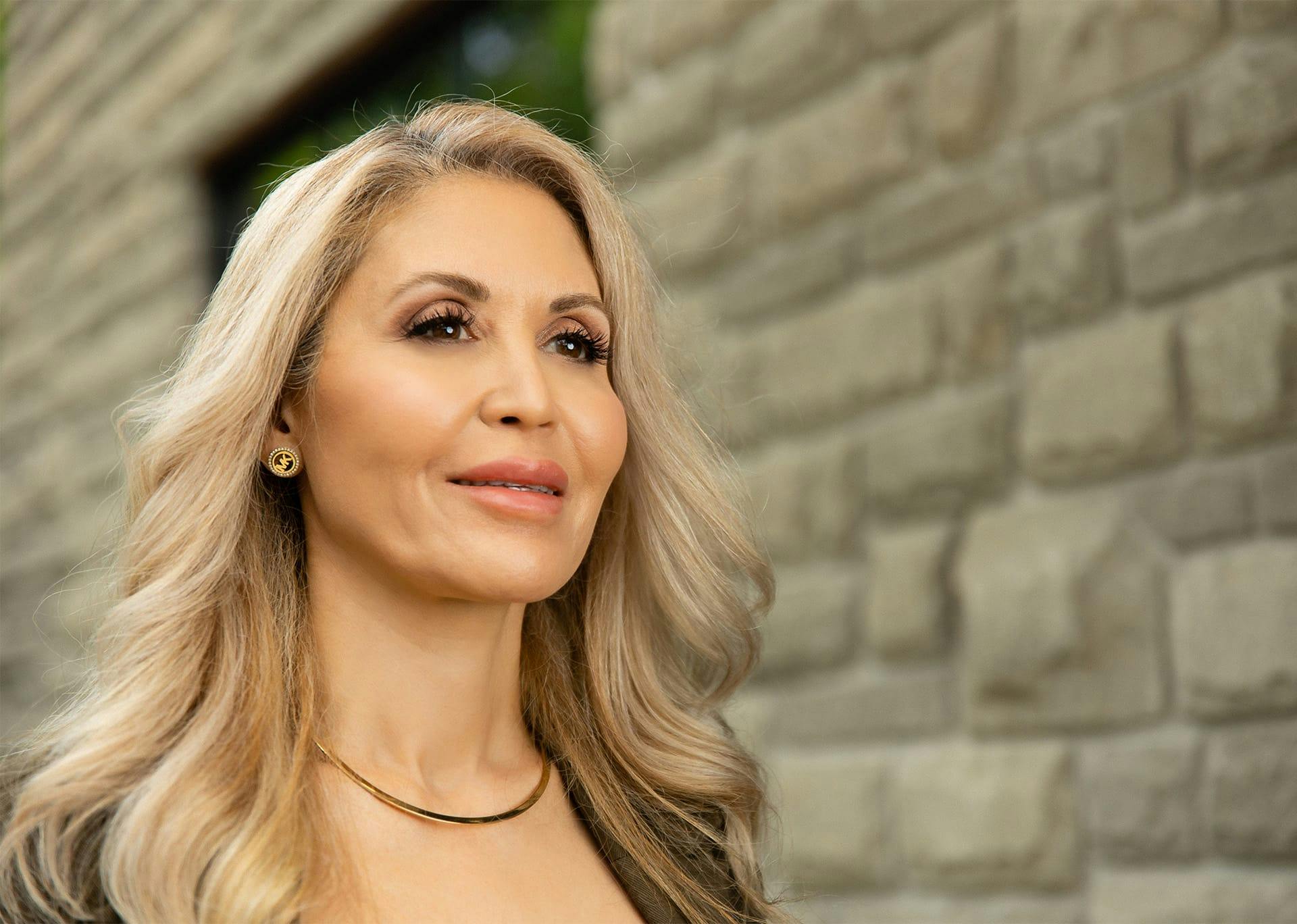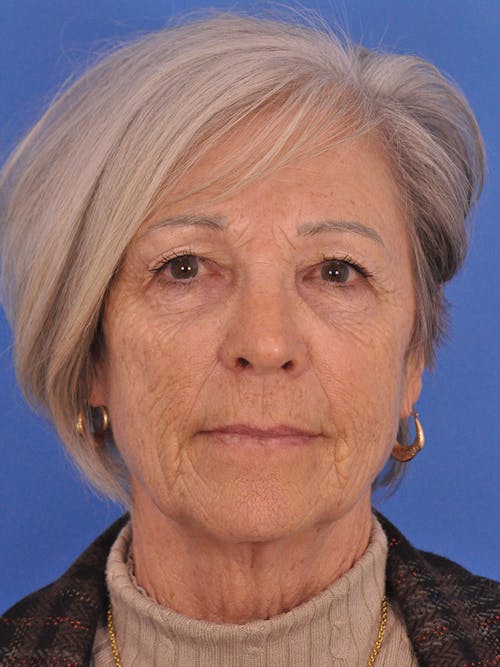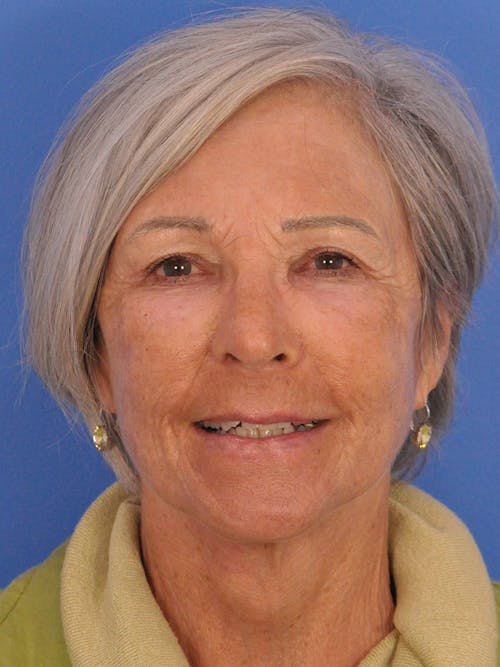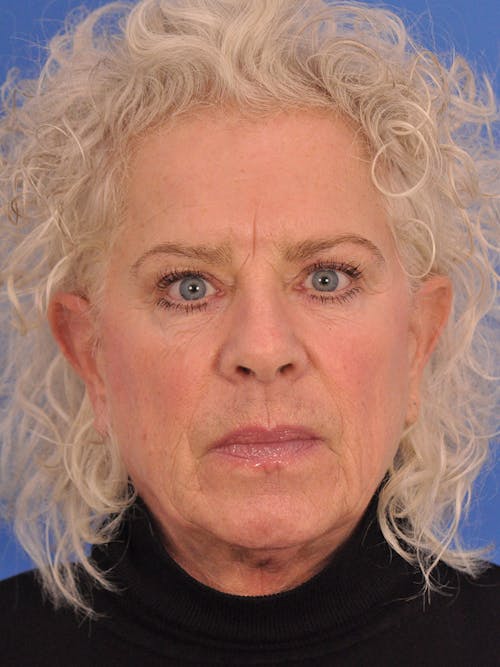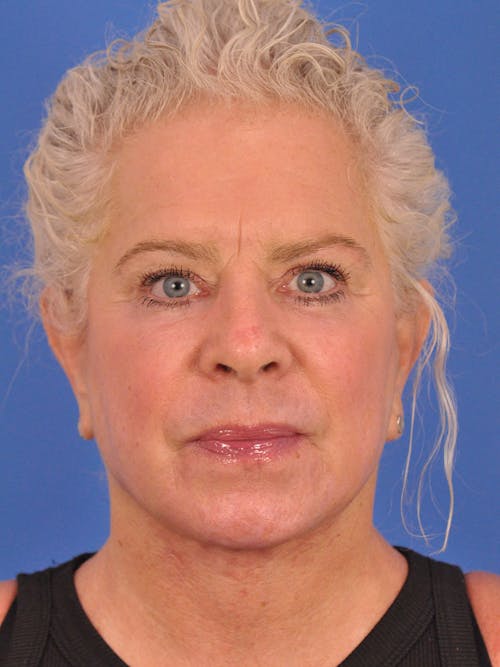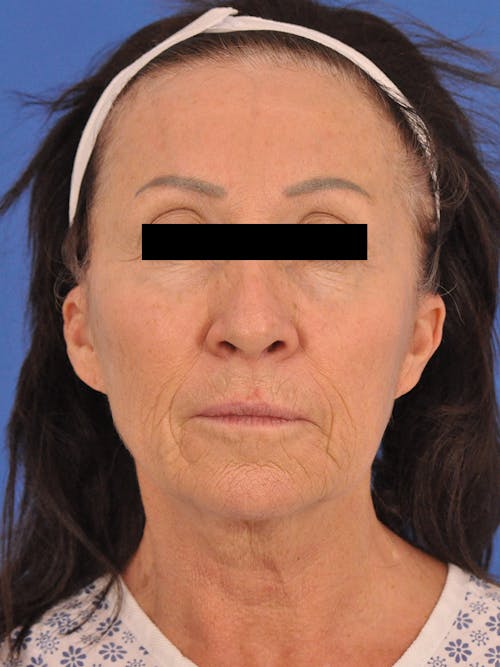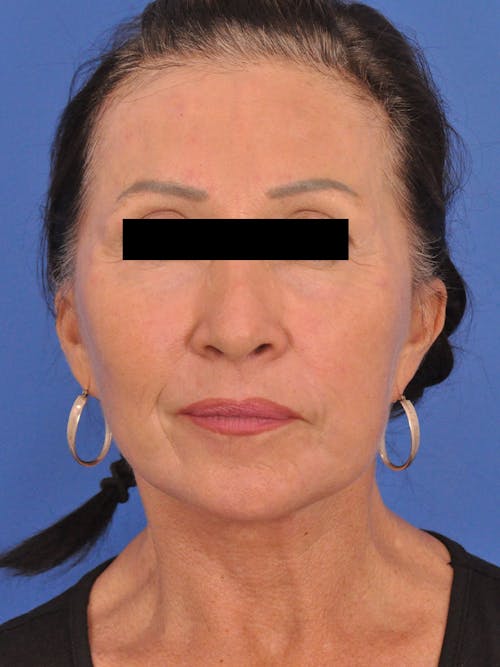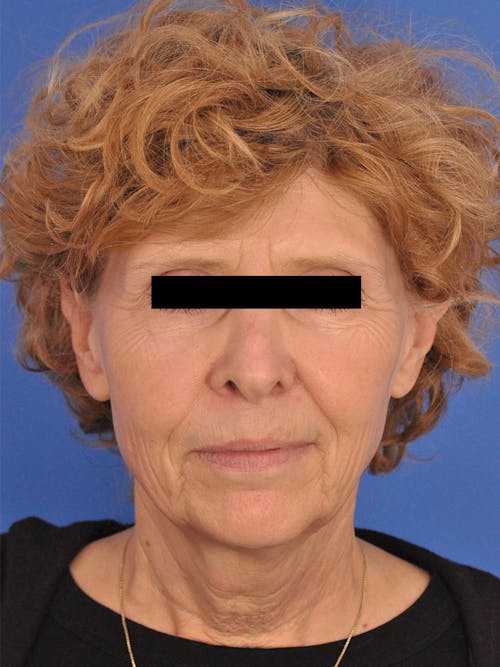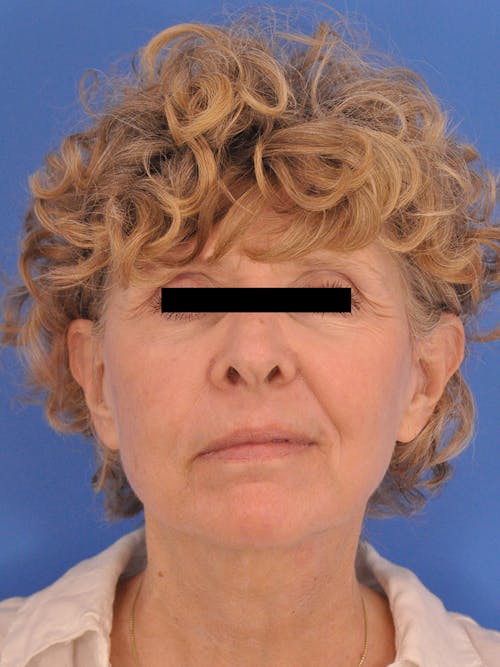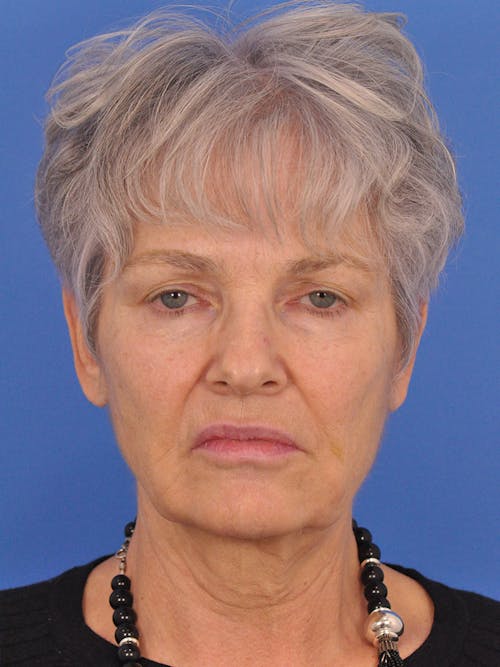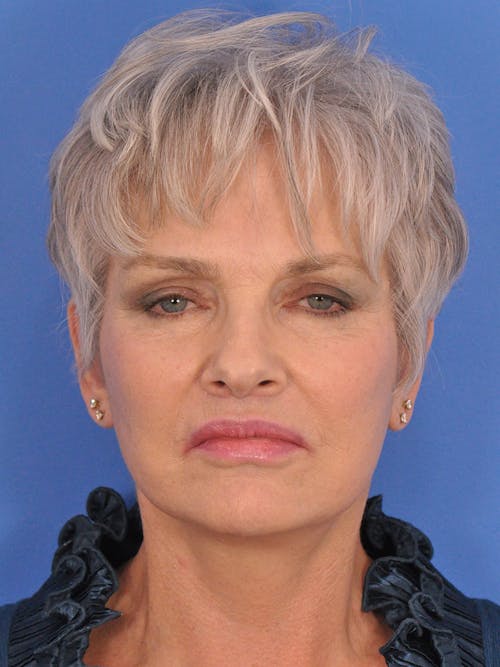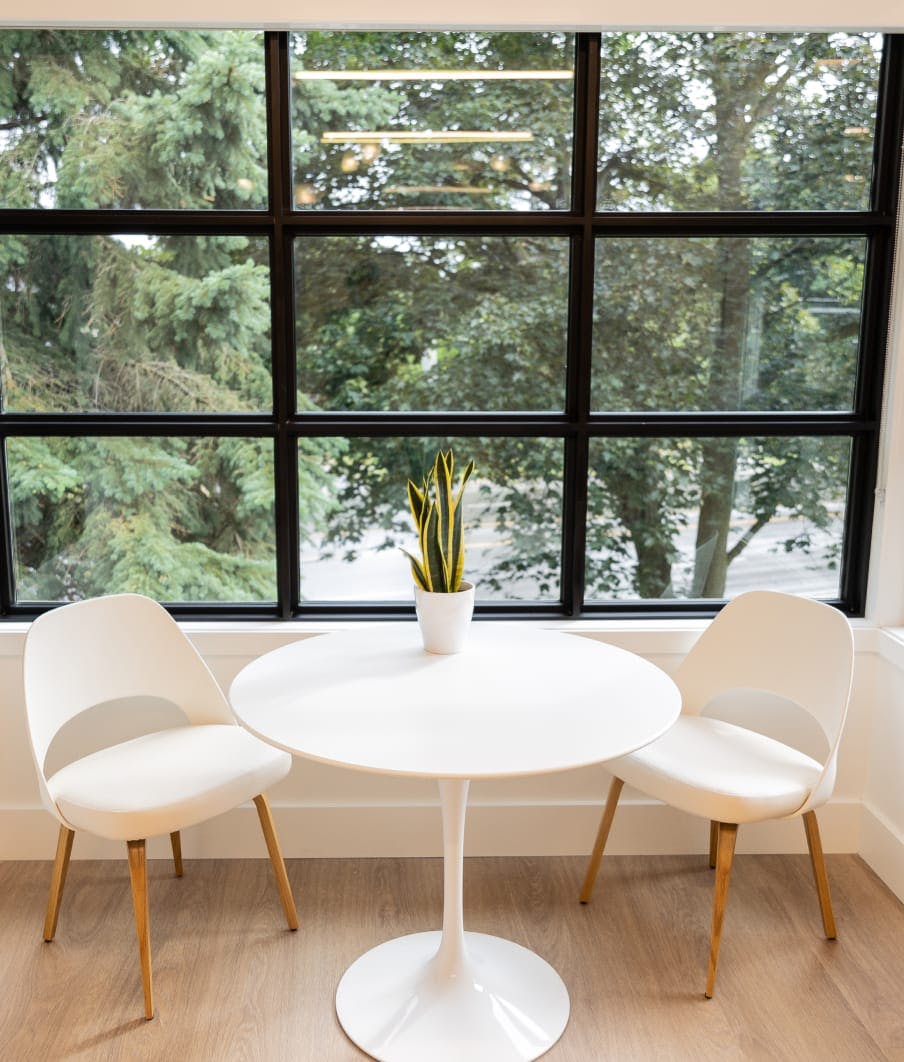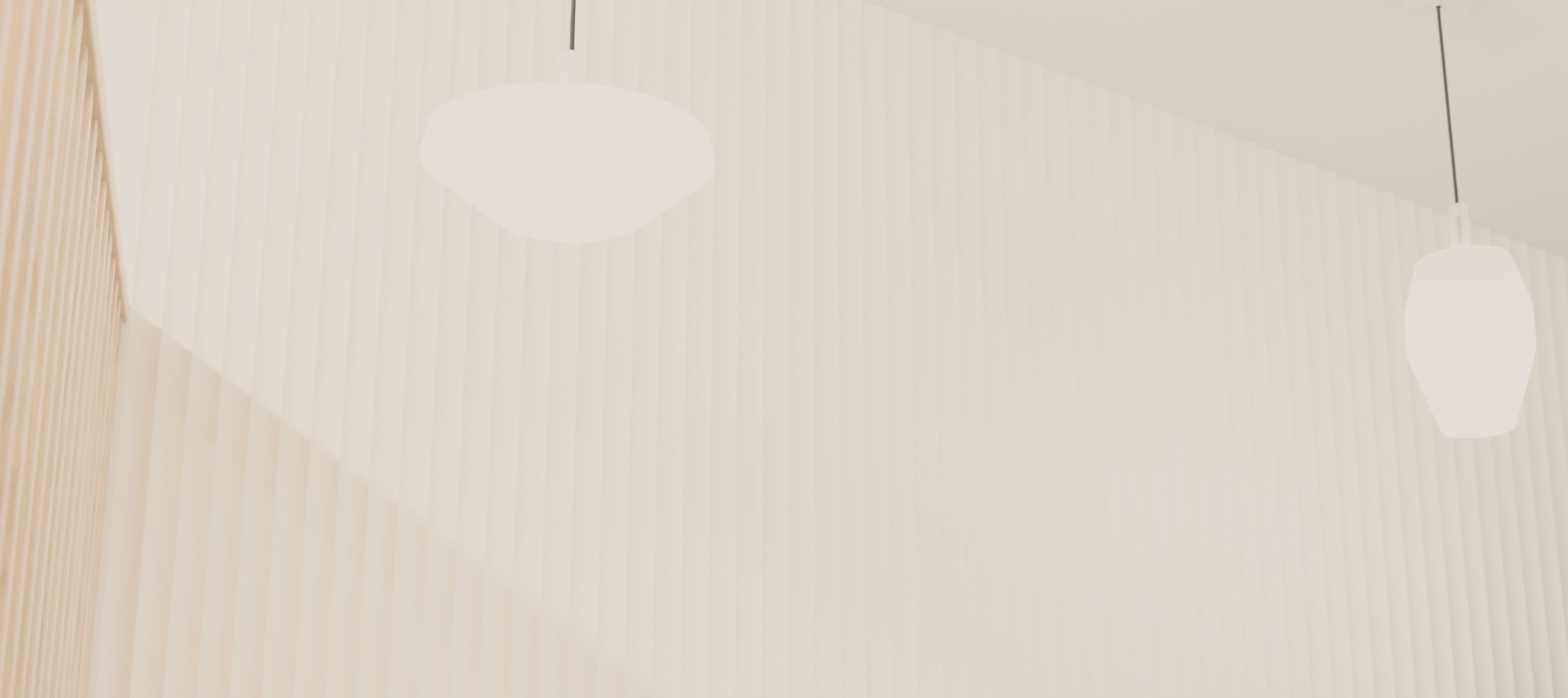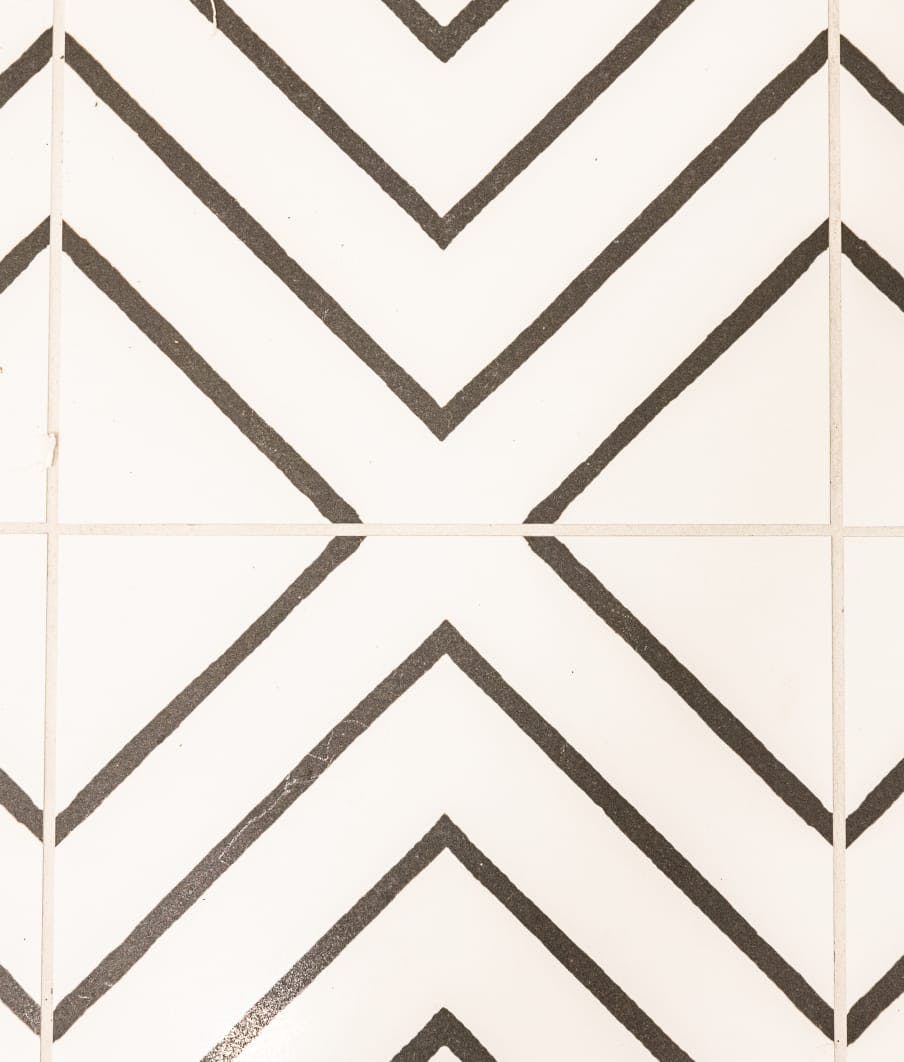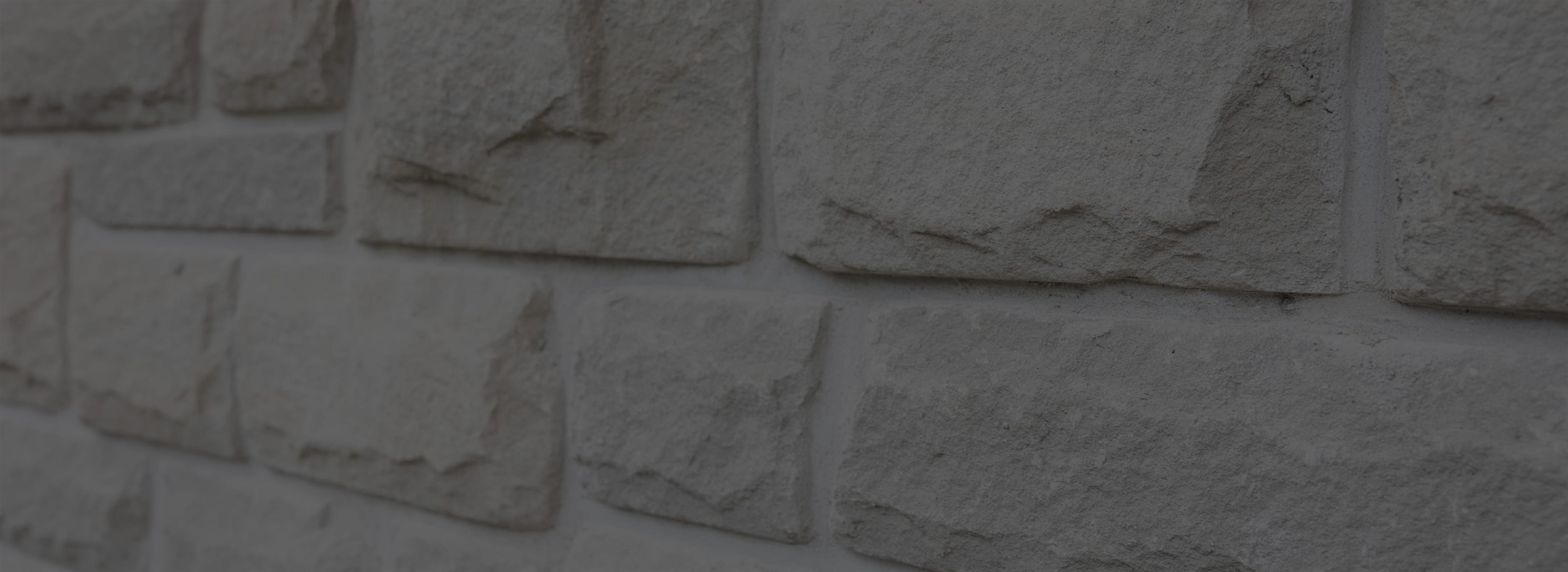Facial aging is a process that occurs in all layers of the face. The bony skeleton resorbs and provides less support. The muscle, fat and connective tissue layers descend due to less skeletal support and increased laxity in the retaining ligaments. On the surface, skin is thinner, less elastic, less hydrated, has uneven pigment, and appears wrinkled. The result is loose, hanging skin and heaviness in the lower face and neck, and hollowing and volume loss under the eyes and in the upper cheeks. With our practice located in Guelph, we proudly serve patients from Kitchener and London, ON.
SMAS procedures
Surgical facelifts have evolved from tightening the skin alone to tightening the layer of the face called the SMAS (superficial musculoaponeurotic system) and removing the excess skin. When the skin is treated alone (without SMAS), an unnatural appearance is created, and where the stigma of unnatural facelift surgery originates.
The procedures that tighten the SMAS are advantageous because tension is taken off the skin and put in a deeper layer of the face. This gives a natural result along the neck and jawline, but the result is limited by not allowing for correction of the nasolabial folds. The advantage is minimal downtime (one to two weeks) but the results have a shorter lifespan, with a high revision rate at 2 years.
